Application Leaflet Confectionery
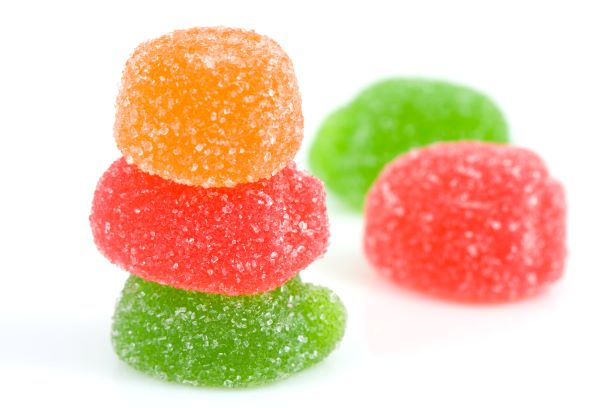
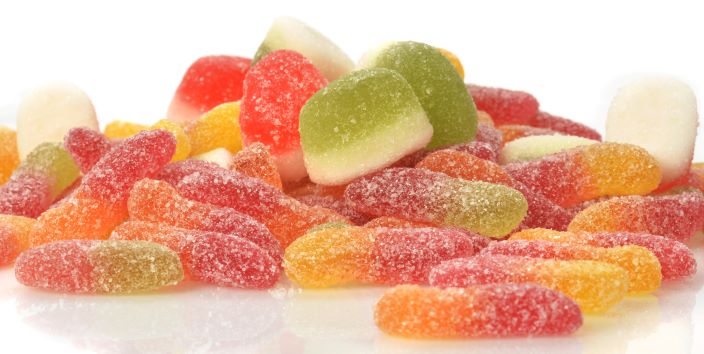
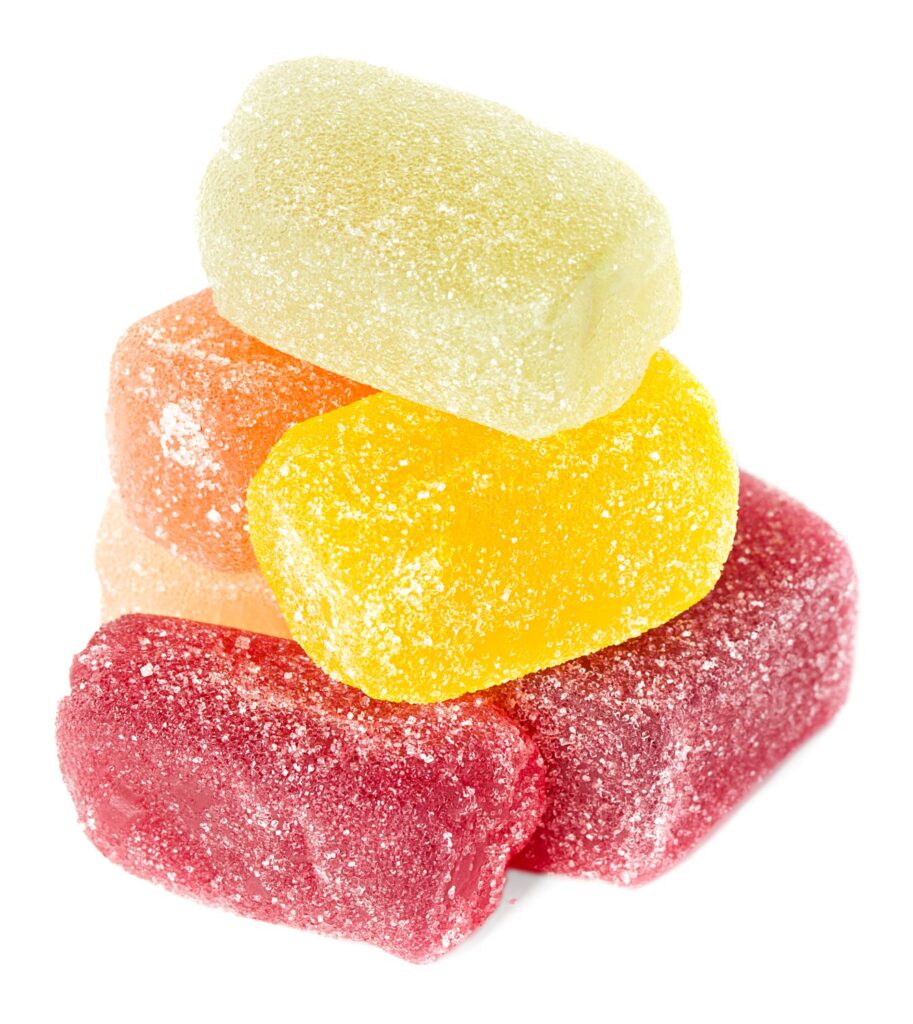
Confectionery Jellies belong to the broader class and more extensive group of gummies, gums, pastilles and jellies whose texture has changed significantly over time, from tough, less chewy textures, to increasingly tender, soft and chewier. Jellies would be described as having a short and delicate texture with a clear cut, breaking down quickly in the mouth, pretty much the opposite of what you would see in gummy candy with their slow-melting behaviour and very chewy texture.
The primary use of pectin in confectionery is in such jellies, and there are two basic groups of them, fruit flavoured jellies and neutral flavoured jellies. Within these groups, there are numerous variants, such as acidic flavoured jellies with fruit juice, fruit paste or just colour and flavour and acid, neutral flavoured jellies like Turkish Delight, chocolate-coated or sugar-coated jellies, fruit slices, aerated jellies (Zefir), cake decorations (e.g. jelly cherries), inclusions and others. Also, with the use of, or combination with other hydrocolloids or through recipe modifications, the confectionery product can vary significantly in texture. From a hard, tough, short and brittle, to a chewy or a longer and more rubbery texture. From a non-gelled and viscous filling for hard candy or chocolates to a gelled aerated, whipped confection product.
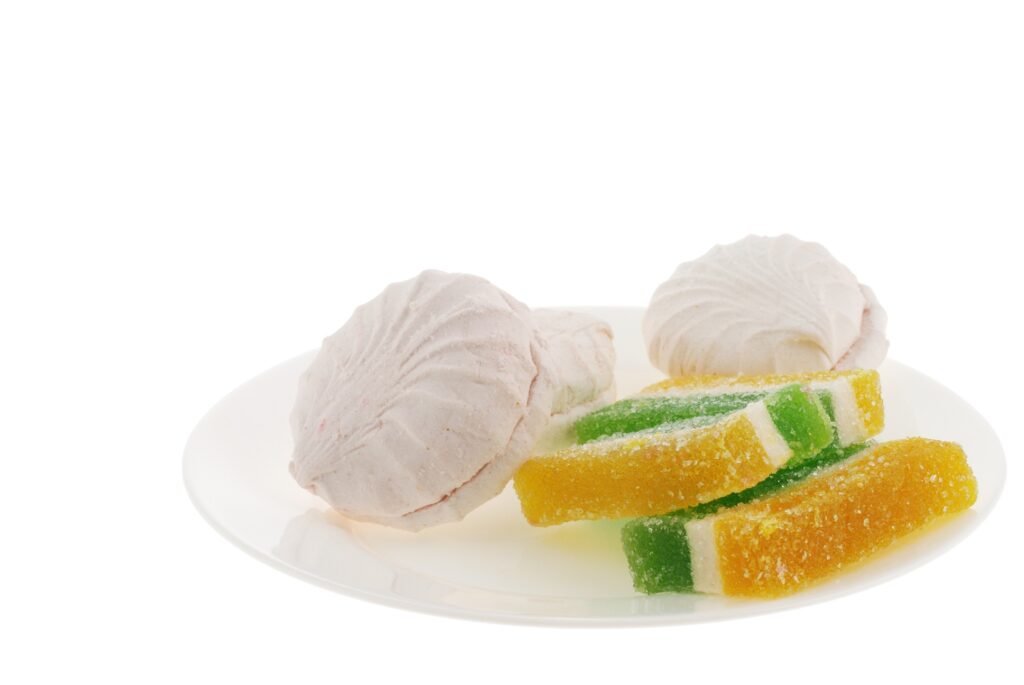
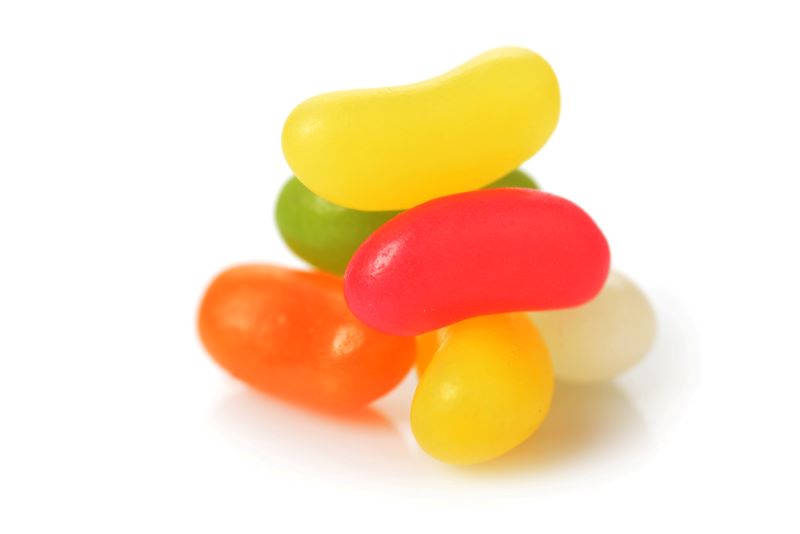
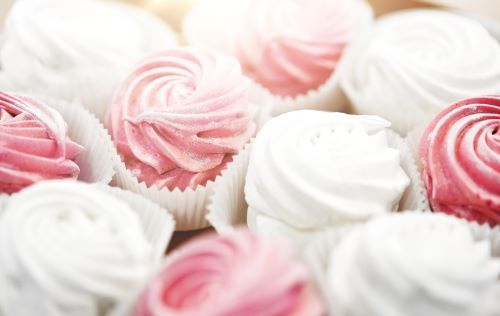
Learn about HM and LM pectin application in confectionery products, and the different commercial VIDOPECTINE pectin types, UNIPEKTIN has to offer.
